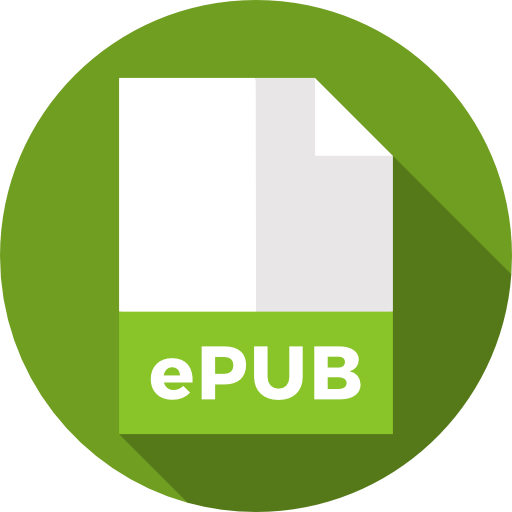
An International Publisher for Academic and Scientific Journals
Author Login
SAS Journal of Surgery | Volume-11 | Issue-03
Evaluation of Functional Outcomes of Cataract Surgery during a Mass Campaign at the Secondary Ophthalmology Center of Dioila
Diabate, K, Malle, S, Ongoiba, A, Traore, M, Oumar, A
Published: March 22, 2025 |
207
267
Pages: 380-387
Downloads
Abstract
In an effort to reduce blindness caused by cataracts and improve the quality of cataract surgery services, an evaluation of the functional outcomes of cataract surgery during a mass campaign was conducted at the Dioila Referral Health Center, Koulikoro region, Republic of Mali. This was a prospective study involving patients who underwent cataract surgery during the mass campaign from August to October 2024. The results were analyzed using the Monitoring Cataract Surgical Outcome (MCSO) software. Among 152 operated eyes, 131 eyes were included in the study. The mean age was 67.5 years, with a median age of 63.6 years (range: 35–85 years). Manual small-incision cataract surgery (MSICS) without sutures, with posterior chamber intraocular lens implantation in 97% of cases, was the primary surgical technique used. Perioperative and postoperative complications included vitreous loss (3%), corneal edema (7.6%), and posterior capsule opacification (6.1%). The functional outcomes showed that 75.6% of patients had good visual acuity (≥3/10) without correction, 16% had borderline visual acuity (1/10–2/10), and 8.4% had poor visual acuity (<1/10). With best correction, the proportion of patients with good outcomes increased to 80.2%, while 13% had borderline visual acuity and 6.8% had poor visual acuity. Poor outcomes were attributed to pre-existing ocular comorbidities (6.9%). These results fall below WHO standards, which recommend an uncorrected visual acuity (UVA) >80% for good outcomes and a best-corrected visual acuity (BCVA) >90%, with poor outcomes below 5%. Identifying the causes of poor outcomes highlights the need for improved patient selection and long-term follow-up.


